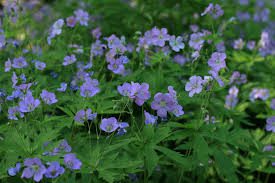Geranium maculatum, Wild Geranium, Native Bare Root Perennial
$4.00
900 in stock
Geranium maculatum, Wild Geranium, Native Bare Root Perennial
(requires a minimum purchase of 25 plants)
25 or more $4.00 each
50 or more $2.25 each
300 or more $2.00 each
1000 or more please call.
Wholesale pricing is based on quantity.
For Shipping, Install and additional info please see “About Bare Root“.
Native bare root plants are dug and shipped while dormant, mid November to early spring.
See all available Native Bare Root Perennials
Order Minimum
There is a minimum order total of $150.00.
before tax (VA residents only) and shipping.
There are NO EXCEPTIONS.
Description
Geranium maculatum, Wild Geranium, Native Bare Root Perennial
Attractive Flowers:
Average-Dry soil:
Average well-drained soil:
Average Wildlife Value:
Beneficial Insects:
Butterflies:
Clay Soil – High clay content, fine texture:
Deer Resistant:
Drought Tolerant:
Drought tolerant:
Dry-Moist Soil:
Erosion Control:
Fragrant:
Groundcover:
Loamy Soil – mostly silt, sand, some clay:
Native to Coastal Regions:
Native To Mountain Regions:
Native to Piedmont Regions:
Organic soil – high level of decayed leaves, bark:
Part-Full Shade (less than 4 hours):
Part Sun-Part Shade :
Perennial:
Pollinator support:
UPL – Almost never occur in wetlands:
Woodland flower:
Native Range: Northeastern North America
Zone: 3 to 8
Height: 1.50 to 2.00 feet
Spread: 1.00 to 1.50 feet
Bloom Time: April to May
Bloom Description:
- Pale pink
- Deep pink
- Lilac
Sun: Full sun to part shade
Water: Medium
Maintenance: Medium
Flower: Showy
Attracts: Butterflies
Tolerate:
- Rabbit
- Deer
- Drought
- Dry Soil
Easily grown in average, medium, well-drained soil in full sun to part shade. Prefers moist, humus soils, but tolerates poor soils. Will naturalize in optimum growing conditions. Deadheading is tedious and probably unnecessary since plants usually do not repeat bloom. Foliage may yellow in hot summers if the soil is allowed to dry out. Foliage may decline after flowering in hot summer climates, at which point it may be lightly sheared back and shaped to revitalize. Best in part shade areas of borders and woodland gardens. Mass for ground cover.
Related products
-
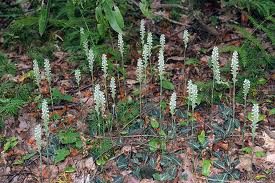
Goodyera pubescens, downy rattlesnake plantain, Native Bare Root Perennial
$8.00 Add to cart -
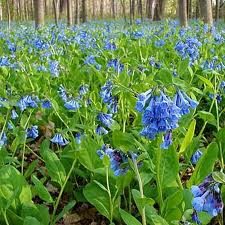
Mertensia virginica, Virginia Bluebells, Native Bare Root Perennial
$8.00 Add to cart -
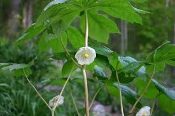
Podophyllum peltatum, Mayapple, Native Bare Root Perennial
$8.00 Add to cart -
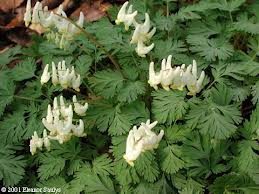
Dicentra canadensis, Squirrel Corn, Native Bare Root Perennial
$8.00 Add to cart
